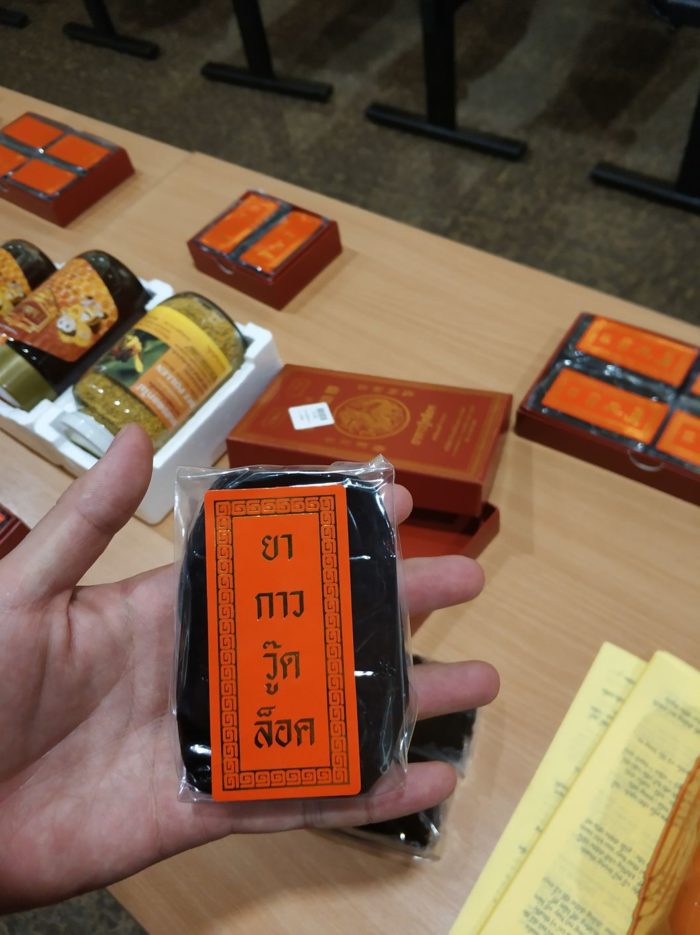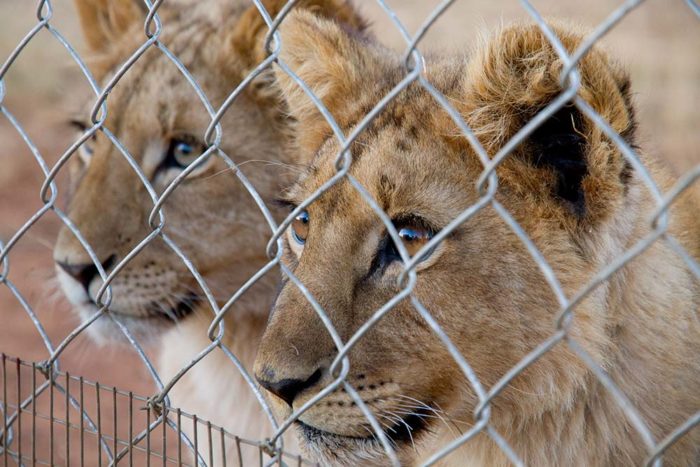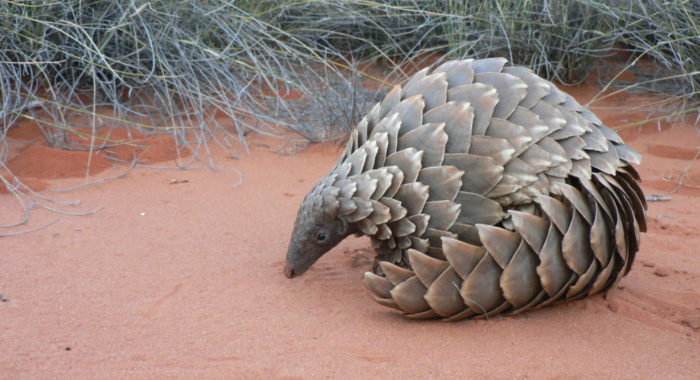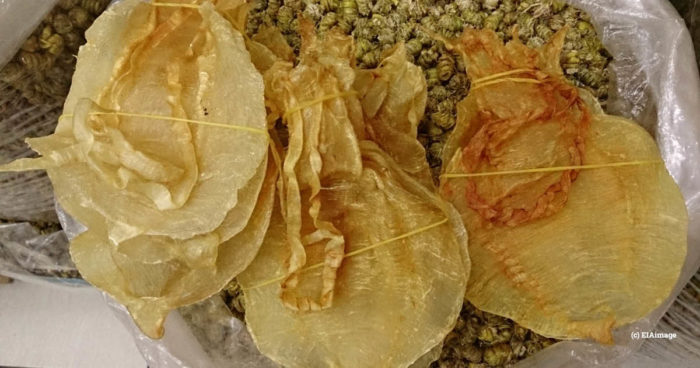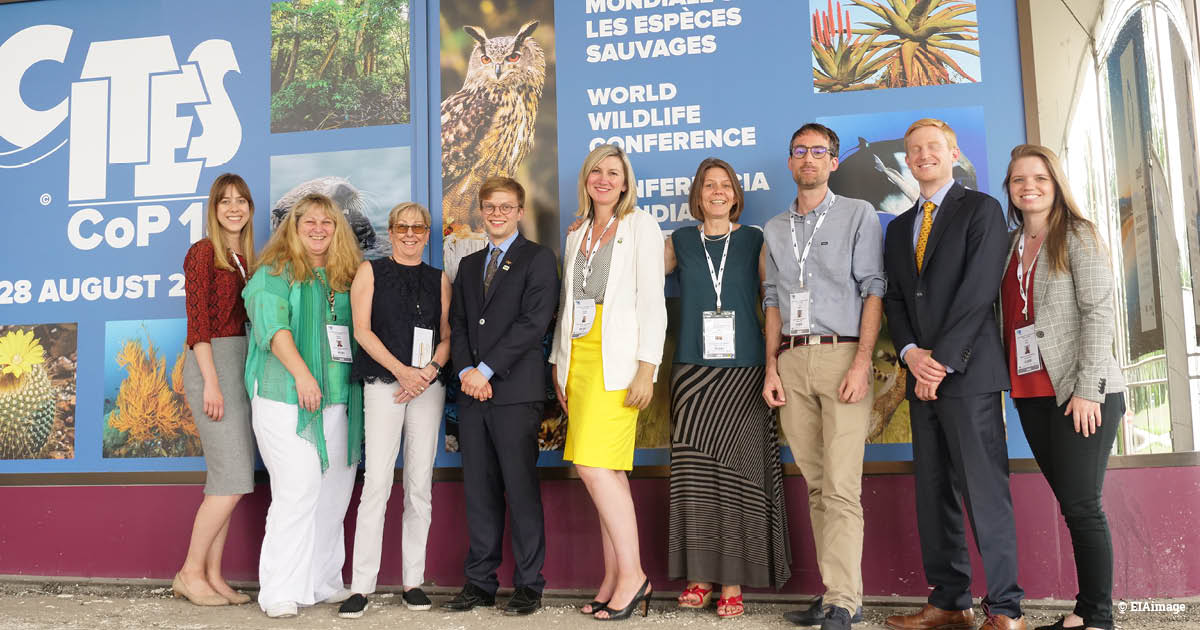CITES CoP18 unpacked – evaluating wins and losses for the environment
The 18th meeting of the Conference of the Parties (CoP18) of the Convention on International Trade in Endangered Species (CITES) wrapped up today in Geneva, Switzerland.
Campaigners from our UK and US offices were in attendance throughout, pushing for the adoption of strong decisions to combat illegal and unsustainable wildlife trade.
Among the hundreds of issues discussed in Geneva, we welcomed progress in tackling demand for Asian big cat parts and tiger farms; recommendations to urge closure of domestic markets for ivory, rhino horn and Asian big cats; adoption of new protections for a host of tree species; and the first ever guidance on making legal acquisition findings.
However, certain decisions adopted failed to reflect the urgency of the illegal wildlife trade crisis, including a reluctance to impose trade sanctions for persistent failures in compliance with the Convention.
Any real-world impact of the progress made at CoP18 will be dependent on implementation and enforcement. Our campaigners will continue to push for meaningful action before the next meeting in three years’ time.
Application of Article XIII in Laos
Ahead of CoP18 was the 71st meeting of the CITES Standing Committee (SC71). On the agenda was the review of progress by Laos in addressing a variety of CITES matters as a means of avoiding CITES trade suspensions.
Given the ongoing illegal trade in tigers and tiger parts from Laos’ tiger farms (now attempting to disguise themselves as zoos and tourist attractions), our campaigners made an intervention on behalf of 14 NGOs to call for immediate trade suspensions on Laos until such time as the country’s Government demonstrates commitment and progress to stopping any further tiger breeding, concluding the farm audit, convening a meeting of experts to advise on closing down the farms and holding to account those involved in illegal trade.
Instead, Laos was given another reprieve, but with clear indication from the EU that it expect to see progress on the tiger farm and trade issue by the next CITES Standing Committee in early 2020.
Asian big cats
We were pleased to see the adoption of strong Decisions to tackle demand for Asian big cat parts and products, combat illegal trade and address tiger farming.
This was as a result of leadership by India and its willingness to take into account feedback from the CITES Secretariat, the EU, USA and Indonesia on its original proposal.
We heard overwhelming support from Parties for urgent action, including from other Asian big cat range states, Bhutan, Nepal, Malaysia, Russia and Israel, as well as the US and the EU. Proposals were further supported by Niger, Ethiopia, Bolivia and Brazil, who noted that demand for big cat products, primarily from Asian consumers, is impacting on jaguars and African lions and leopards.
Under these new Decisions, Parties are urged to close domestic markets for Asian big cat parts and products; ensure legislation addresses illegal trade in and possession of native and non-native Asian big cats; tackle tourist markets in border regions selling illegal Asian big cat products; improve international cooperation on enforcement; develop demand-reduction campaigns; and strictly implement controls over facilities keeping Asian big cats in captivity, including disposal of those that die in captivity.
The Secretariat confirmed the next step is to conduct missions to countries with facilities of concern to address the problem of tiger farms, which continue to fuel demand and illegal trade. EIA will be working hard to ensure momentum is maintained beyond CoP18 and that these Decisions be properly implemented.
Jaguars
Concerned by indications that demand from Asia for big cat body parts is leading to increased illegal trade in jaguars, a proposal from Costa Rica, Mexico and Peru, with the support of Bolivia, was accepted by CoP18.
The Decisions adopted a call for a study into illegal jaguar trade dynamics and urge Parties to take action to tackle illegal jaguar trade. We hope that the resulting study will provide a strong foundation for effective policy interventions and that jaguar range states will continue to press for action to end demand for the parts and products of all big cats.
Big Cat Task Force
Among several Decisions that emerged under the African lion agenda item was a proposal to establish a Big Cat Task Force to address threats and issues common to the big cats of Africa, Asia and Latin America.
We remain on the fence about the value of such a task force and any future support for it very much depends on the scope of its terms of reference and membership, which will be proposed by the Secretariat to the next CITES Standing Committee in 2020.
It could become a useful platform to address common issues such as demand-reduction as it relates to jaguar, African lion and Asia’s big cats. It is critical, however, that it does not preclude Parties from putting forward species-specific Resolutions, Decisions and recommendations where those overlaps do not exist.
The notion of a Big Cats Task Force emerged from the African scenario where the threats and solutions to big cat conservation can be quite different to those in Asia.
Elephants
Two proposals to reopen international ivory trade, one offered by Zambia and the other by Namibia, Botswana and Zimbabwe, were overwhelmingly defeated.
Poaching and ivory trafficking continue to threaten elephant populations throughout their range and it was clear from the statements made in opposition to these proposals, especially those made by African elephant range states, that permitting international trade in ivory was considered totally out of step with international efforts to close ivory markets and reduce demand for ivory. The rejection of these two proposals sent a clear message that ivory trade is a thing of the past.
We were pleased that countries confirmed their commitment to the closure of domestic ivory markets, agreeing by consensus to focus scrutiny on remaining open markets such as Japan and the EU. Countries which have not closed their domestic ivory markets were requested to report between now and the next CoP on the measures they are taking to ensure that their domestic ivory markets are not contributing to poaching or illegal trade.
This decision reflects an important shift by CITES to place the onus on Japan and the EU to defend their reasons for keeping their markets open. Japan’s ivory market, in particular, was scrutinised at the meeting, with Parties expressing concern about illegal exports of ivory from Japan to China.
On the last day of the meeting, Japan’s largest internet ivory retailer, Yahoo! Japan, announced it would stop all sales of ivory on its platforms, citing concern about illegal exports and the global trend to close domestic ivory markets.
Thanks to efforts from the EU, Kenya and India, we secured an important amendment to the National Ivory Action Plan process which requires identified countries to meaningfully demonstrate against specific indicators how they are reducing their role in illegal ivory trade. Angola also raised concerns about Vietnamese networks operating in Angola.
Outcomes were disappointing on the Vietnam side of things since stricter measures were not adopted, but there is mounting pressure on Vietnam to take action, setting the scene for Standing Committee next year.
Pangolins
On the global illegal pangolin trade front, CoP18 saw some positive developments.
An issue over the legality of trade in pangolin scale stockpiles was resolved and there was strong support among Parties to accept a clarification in the interpretation of the text of the CITES Convention, meaning that the rules of the Convention apply at the time of trade. This would make it illegal for pangolin scales acquired before the Appendix I uplisting in 2016 to be traded between countries and also has implications for other species which are transferred between Appendices.
Decisions were adopted encouraging pangolin range states to implement conservation programmes to protect pangolin populations. However, there was a lack of clear directives to range, transit and consumer states on the vital need to combat the role of organised crime groups in trans-national pangolin trafficking.
The pressing issue of the need to reduce demand for pangolin parts for use in traditional medicine through the closure of legal domestic markets was also not fully addressed.
Rhinos
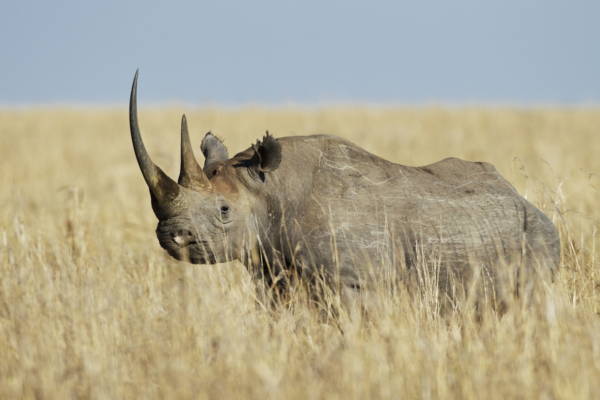 CITES Parties rejected a proposal from Eswatini to rescind the ban on international trade in rhino horn and sell horn acquired from its population of southern white rhinos.
CITES Parties rejected a proposal from Eswatini to rescind the ban on international trade in rhino horn and sell horn acquired from its population of southern white rhinos.
Parties also voted down a proposal from Namibia which sought to transfer its white rhino population from Appendix I to Appendix II, limiting commercial trade to live rhinos and hunting trophies.
International trade in rhino horn would have devastating consequences for wild rhino populations and we welcomed the decision by CoP18 to uphold the international trade ban. While Kenya’s proposal to insert recommendations to close domestic markets into the CITES Resolution on rhinos was not adopted, Parties agreed by consensus on a Decision directing Parties to close domestic rhino horn markets that contribute to poaching or illegal trade.
CoP18 also directed Parties most affected by the illegal rhino horn trade (China, Mozambique, Myanmar, Namibia, South Africa, and Vietnam) to implement enforcement actions against organised criminal networks and for these Parties to report back on these efforts.
Vietnam also came under heavy scrutiny at SC71 for its continued role in international rhino horn trafficking. If Vietnam does not submit a detailed report to the Standing Committee meeting in 2020 on enforcement actions to combat the illegal rhino horn trade, the Standing Committee will consider initiating compliance proceedings against it.
Totoaba
In the case of totoaba fish, in which poaching and illegal trade of one Appendix I-listed species (the totoaba) is driving the extinction of a second Appendix I species (the vaquita porpoise), we may be about to witness the first extinction of a CITES-listed species due to trade.
At SC71, we were disappointed that an attempt to register a captive-breeding operation for international trade in totoaba was not rejected outright because opening trade at this crucial juncture carries a serious risk of stimulating demand and enabling laundering of poached totoaba; the decision was deferred to the 73rd meeting of the Standing Committee, where we hope it will be rejected.
At CoP18, decisions were adopted calling on Mexico and other Parties to take urgent action to tackle the trade, such as removal of gillnets and investigating organised crime networks involved, with the possibility of compliance measures if progress is insufficient by the next meeting of the Standing Committee.
But the real question remains as to whether the vaquita will survive until then.
Saiga
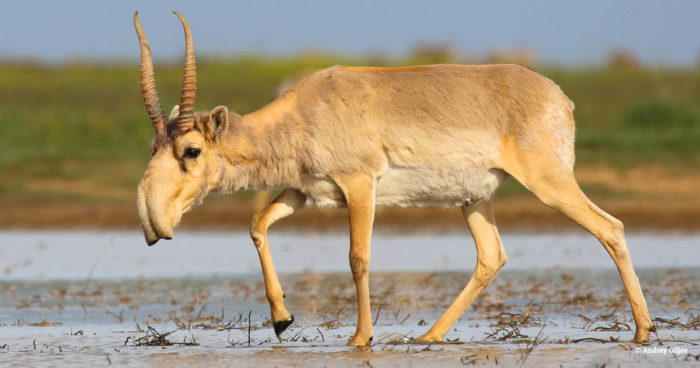 Mongolia, together with the US, reached a compromise with other saiga range states to keep the species on Appendix II of CITES while adding an annotation that sets a zero-export quota for international trade of wild-sourced saiga specimens. This annotation reinforces the voluntary trade bans that have been implemented by all saiga range states.
Mongolia, together with the US, reached a compromise with other saiga range states to keep the species on Appendix II of CITES while adding an annotation that sets a zero-export quota for international trade of wild-sourced saiga specimens. This annotation reinforces the voluntary trade bans that have been implemented by all saiga range states.
Attention must now turn to ensuring transparent and effective management of saiga horn stockpiles in consumer states to prevent laundering of poached saiga horn. Many consumer states possess large stockpiles of saiga horn and related products; however, the actual size of these stockpiles and the amount of pre-Convention specimens (which can be traded without a CITES permit) they contain is currently unknown.
CoP18 adopted a decision directing saiga range states to report back on their stockpile management, although it will be important for consumer states to also provide this information to ensure effective oversight and limit opportunities to exploit these stockpiles for illegal trade.
Rosewoods – Annotation #15
 We were disappointed to see the new rosewoods (such as Dalbergia spp.) Annotation #15 adopted at CoP18.
We were disappointed to see the new rosewoods (such as Dalbergia spp.) Annotation #15 adopted at CoP18.
Parties decided to adopt the proposal put forward by the EU and Canada (with amendments) to allow finished musical instruments, finished musical instrument parts and their accessories to be completely exempt from CITES.
We fear that this creates an unprecedented loophole – rosewood-processing hubs may start importing unsustainable endangered trees in the form of ‘finished musical instrument parts’ such as large grand piano lids, thus avoiding CITES controls which otherwise insist that timber has to be legally harvested and found to be non-detrimental to the survival of the wild population.
Previously at the 70th meeting of the Standing Committee, we voiced our concerns over the proposed additional exemption of unlimited quantities of wood pieces up to 500g in weight. The issue was debated and several range states, particularly in South America, voiced their concerns around this part (b) of the annotation. We were pleased that the in-session working group at CoP18 came to a consensus and decided to delete the wording proposed by EU and Canada. Part (b) now exempts “finished products to a maximum weight of wood of the listed species of up to 10kg per shipment”.
We will continue to track how these new changes and definitions may affect endangered trees around the world and hope they do not create precedent for other manufacturing industries to seek exemptions from CITES.
Legal Acquisition Findings
EIA welcomes that, for the first time in the 44-year history of CITES, Parties have agreed to adopt guidelines for determining Legal Acquisition Findings (LAFs).
Last year, our Forests campaigners participated in the first workshop to discuss LAFs and also took part in discussions at SC70. LAFs are key in keeping wildlife and forest contraband from unsuspecting import. In brief, a LAF requires any country wishing to export a CITES-listed species to demonstrate that the goods were not “obtained in contravention of the laws of that State for the protection of fauna and flora”.
The new guidelines and associated amendments to Resolution Conf.11.3 (Rev. CoP17) on compliance and enforcement now clearly outline that even importing Parties should exercise due diligence when presented with a CITES permit or certificate, even if they believe it to have been issued by a competent authority.
While non-binding, the guidelines will go a long way to hold Parties accountable for their imports and also ensure comprehensive and meaningful LAFs are made by exporting Parties.
Mukula rosewood (Pterocarpus tinctorius)
CoP18 accepted a proposal by Malawi to include mukula rosewood (Pterocarpus tinctorius) in Appendix II of the Convention, meaning that only mukula timber that has been legally and sustainably harvested is allowed in international trade.
In our recent report Scheduled Extinction, we documented the pervasive illegal trade in mukula timber from Zambia and the Democratic Republic of Congo to China, which continues despite different national bans and restrictions which have been in place on harvest, transport and export of the trees.
The listing of mukula follows the inclusion in CITES Appendix II of the West African kosso tree (Pterocarpus erinaceus), which came into force in 2017, and is an important further step in tackling the African rosewood crisis that has been devastating forests and communities.
Spanish cedar (Cedrela spp)
All neotropical species of the Spanish cedar genus (Cedrela spp) have also been accepted into Appendix II of the Convention. They are heavily traded and are imported into, among others, the US, being used for many different products from cigar boxes, musical instruments to mouldings and furniture.
Source countries for Spanish cedar, including Brazil, Peru, Colombia and Ecuador, have very high rates of illegal logging and we expect the new CITES restrictions to help them in the fight against forest crime and work towards a legal and sustainable trade regime.
Mulanje cedar (Widdringtonia whytei)
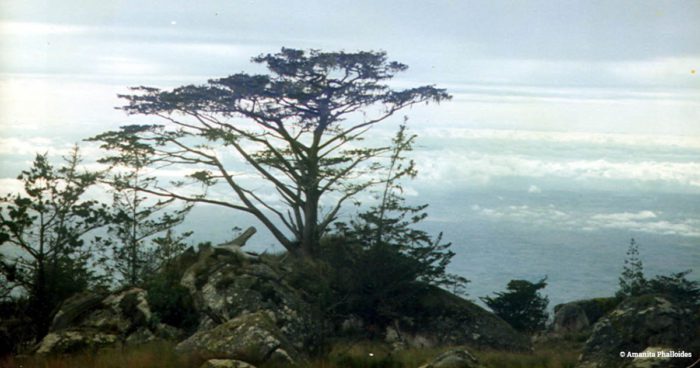 Mulanje cedar, a tree with a very limited range endemic to Malawi, was included in Appendix II of the Convention.
Mulanje cedar, a tree with a very limited range endemic to Malawi, was included in Appendix II of the Convention.
Mulanje cedar has been subject to overharvesting and illegal logging for the production of boxes and craft items and is nearly extinct. With the acceptance of its proposal, Malawi is now hopeful to get international support to stop the illegal logging and continue its extensive replanting and rehabilitation programmes.
Mulanje cedar is the national tree of Malawi and plays a major role in the country’s culture, imagination and social fabric. Its extinction would have consequences far beyond the obvious ecological and economic implications.
Malagasy rosewoods, ebonies and palisanders
The CoP18 Decision on precious woods from Madagascar (Dalbergia spp. and Diospyros spp.) will ensure increased controls over the country’s vast stockpiles while confirming the existing ban on trade, which has to be enforced by all Parties.
Transit and destination countries are requested to seize illegal timber shipments from Madagascar and take all appropriate measures to keep illegal wood out of the market.
Madagascar also needs to strengthen its law enforcement and prosecute timber traffickers, including those with high-level political connections.



